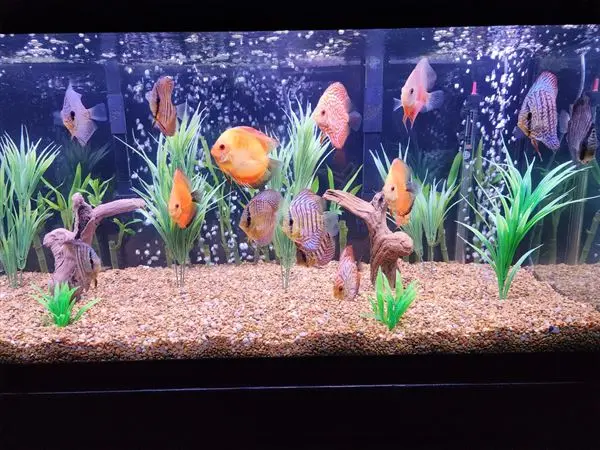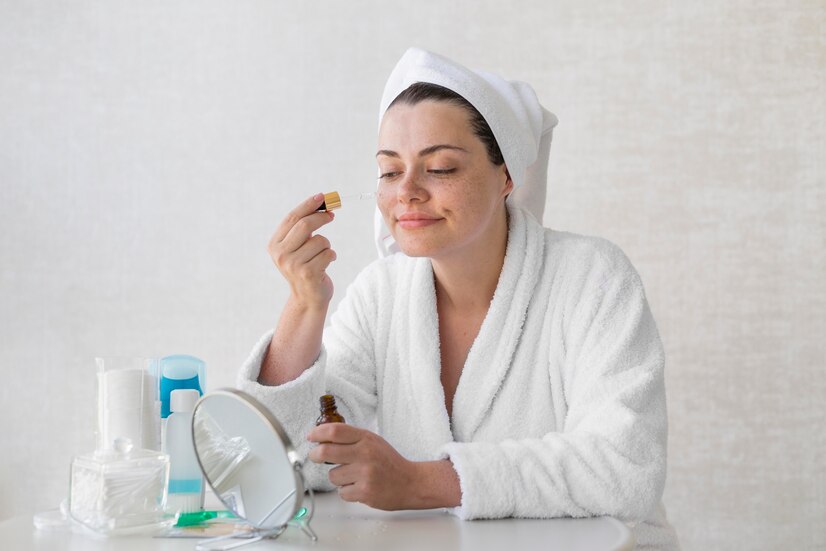Introduction
ParaGuard, there are several options, such as an intrauterine device (IUD), a fish parasite management solution, and a rescue stretcher.To avoid pregnancy, a copper-wired T-shaped plastic frame called a ParaGard is placed into the uterus. Both sperm and eggs are poisoned by the inflammatory response that the copper wire produces. . It has a combination of fish-protecting polymers, malachite green, and aldehydes. Fin rot and other exterior fungal, bacterial, and viral infections are treated with ParaGuard, as are ectoparasites like ich. For reef aquariums, it is not advised.The Paraguard Excel Rescue Stretcher is a small, lightweight stretcher.
What is made of ParaGuard?
This strong substance successfully eradicates a range of parasites, including external parasites, protozoa, and other dangerous microbes that are frequently found in aquarium fish. When used as prescribed, the formula will not harm aquatic life or delicate biological filtration systems because it is specifically designed to be both fish-safe and filter-safe.To guarantee the aldehyde stays efficient and simple to use in aquarium settings, ParaGuard additionally contains stabilizers and water.
Consider a Quarantine Tank for New Fish
Before adding newly acquired fish to your main display tank, you can keep a close eye on their health for any potential illnesses and treat them if needed. This is known as a quarantine tank, and it is a vital part of responsible fishkeeping, particularly when you are bringing in new fish from a pet store or other sources.To reduce the possibility of infecting your current fish, separate new fish and check them for symptoms of illness before adding them to your main tank.
Monitor Fish Behavior During Treatment
Abnormal Swimming Patterns: stressed-out or ill fish may swim erratically or hover close to the tank’s bottom or surface. Fish that appear lethargic or too energetic should be watched because these could indicate pain or a negative reaction to the medication.
Color Changes: Although some fish may undergo minor color changes while undergoing therapy, a significant change, particularly a pale or blotchy look, may suggest that the fish is not responding well to the drug. If this occurs, lower the dosage or stop the medication for a while.
Increased Gasping or Surface Breathing: If your fish start to gasp at the surface or seem to be having trouble breathing, it may be a sign that there is not enough oxygen in the tank.
Erratic Behavior: Your fish may be irritated by the therapy if they begin to swim erratically, dash around the tank, or rub against items. This may also suggest that the fish are experiencing discomfort as a result of the parasites being impacted by the medication. It is a good idea to lower the concentration or temporarily cease the treatment if certain behaviors, such as rubbing, continue after the treatment has had time to take effect.
Lack of Appetite: During therapy, fish may experience a decrease in appetite, particularly if they are under stress. On the other hand, if the fish completely cease feeding for a long time, it can indicate that they are not responding well to the treatment. Additionally, fish that are not eating may be weaker, which makes them more.
How to Respond to Fish Behavior
Fish respond to stimuli in a complicated way, and as they develop and mature, their behavior may alter. Numerous factors can affect fish behavior, including. Fish can react to changes in their surroundings by changing their behavior. Fish may react, for instance, to artificial light that differs from the light levels they typically encounter.Fish have the ability to put more distance between themselves and potential predators. Fish species may react differently to light and other stimuli.A fish’s size may affect how it reacts to stimuli.A fish’s dietary habits may have an impact on how it reacts to stimuli.
Lower the Dosage or Temporarily Stop Treatment: If you observe unfavorable behavioral changes in your fish, you may want to lower the dosage of ParaGuard or temporarily stop treatment. Give your fish some time to heal, and make sure the water quality is not causing the issue.
Boost Aeration: As previously stated, ParaGuard has the ability to reduce the amount of oxygen in your tank. To make sure your fish can have enough oxygen, boost aeration right away if you notice surface breathing or gasping. This can be accomplished by changing the filter’s flow or by adding an air pump.
Speak with an Expert: It is always a good idea to speak with a veterinarian or aquarium specialist if you are not sure if the behavioral changes are because of ParaGuard or anything else.
Use ParaGuard in a Well-Aerated Tank
ParaGard is an intrauterine device (IUD) that can provide long-term birth control (contraception). It’s sometimes referred to as a nonhormonal IUD option. The ParaGard device is a T-shaped plastic frame that’s inserted into the uterus.
Avoids Oxygen Depletion
Like a lot of other drugs, ParaGuard may cause the water’s oxygen content to slightly drop. Some of the chemical byproducts produced during the targeting and killing of parasites may use up oxygen, leaving less for your fish to use. Respiratory stress may result from this, especially in fish that are already compromised by the virus.
Encourages a Healthy Respiratory Environment
Since fish need oxygen to survive, they may start to gasp at the surface or exhibit other symptoms of distress if there is not enough oxygen in the water. During the course of therapy, your fish will breathe more easily thanks to proper aeration, which guarantees that they have access to enough oxygen.
Stress Reduction
One of the biggest things that might weaken your fish’s immune system is stress. If there is hypoxia in the water.
Treat the Entire Tank, Not Just Affected Fish
Because some diseases are very contagious and can impact the entire aquarium, if you suspect one of your fish is ill, you should treat the entire tank.Since this illness spreads easily, you should treat the entire tank to eradicate all parasites.Although salt works wonders, it dehydrates fish and other aquatic life, so you should remove it when the water changes.
Tank cleaning: vacuum the substrate, clean the aquarium walls, and filter waste before beginning therapy.
Take out the chemical filter: Take out any chemical filters, such as Purigen or activated carbon, and switch off any UV sterilizers.
Fish should be allowed to soak in the medication for a week before being fed or having their water changed.
Water change: After a week, replace 30% of the aquarium’s water.
Conclusion
ParaGuard is a dependable, safe, and efficient way to manage parasites in aquarium fish. Its special aldehyde-based composition eliminates a variety of common fish parasites, such as external parasites, protozoa, and other dangerous bacteria, without endangering your fish’s health or interfering with the biological filtering mechanism in your aquarium.You can make sure ParaGuard works well while reducing stress and any negative consequences for your aquatic pets by adhering to the right dosage, aeration, and behavior monitoring requirements. Even though ParaGuard is safe for fish and filters, successful treatment still depends on steady water quality, increased aeration, and careful fish observation.
FAQs
What should I do if my fish are exposed to ParaGuard?
If your fish are exposed to ParaGuard, wash their eyes with water and seek medical attention.
How effective is Paragard?
ParaGard® is more than 99% effective. The only other birth control options with that level of effectiveness are the hormonal IUD and the birth control implant.
How do I apply ParaGuard?
PARAGUARD is to be applied to the surface in 1–2 flood coats, depending on the porosity of the surface. Make sure that you work from one side to the other to ensure even coverage is provided throughout.



